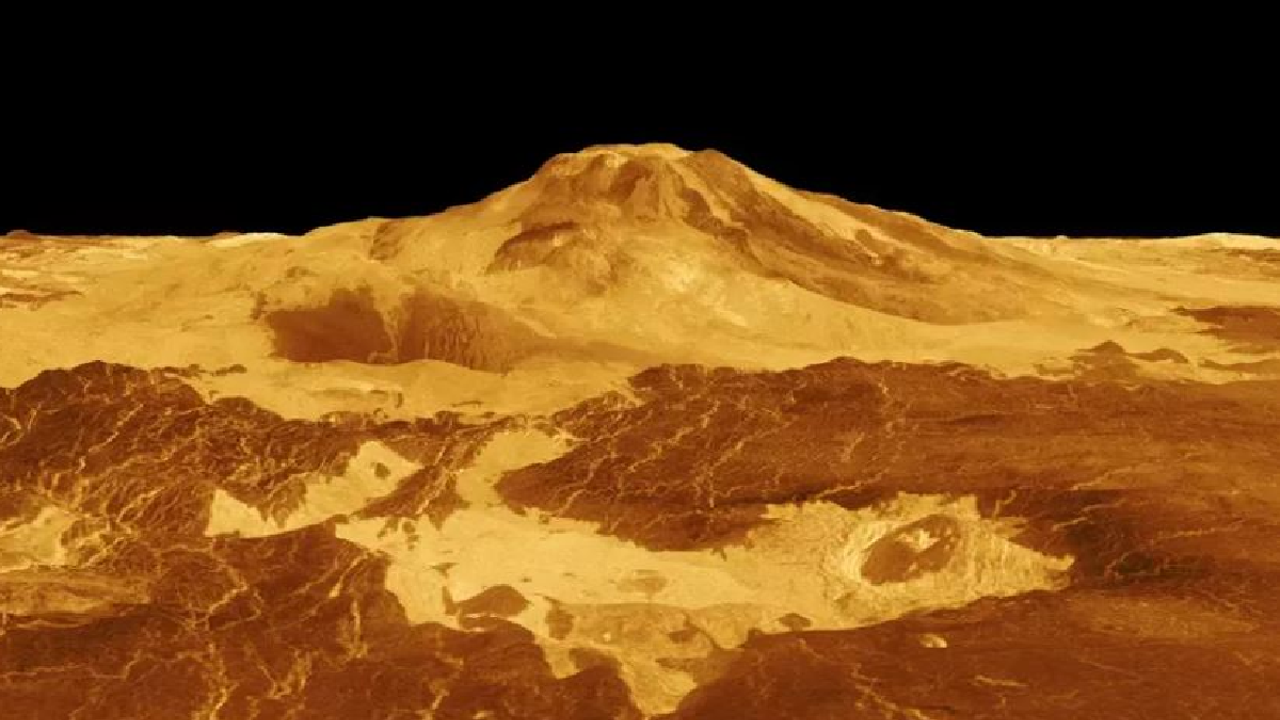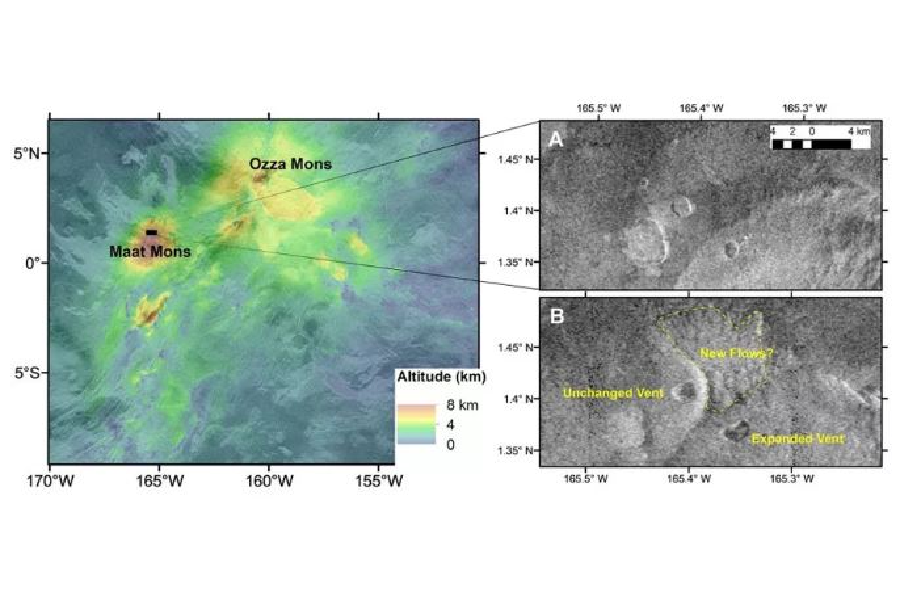Active volcano found on 'dead planet' Venus
With the data collected by NASA's Magellan spacecraft in 1991, scientists revealed that there may still be active volcanoes on the planet Venus.

The Magellan spacecraft, launched by NASA (National Aviation and Space Agency) in 1989, collected important data by examining Venus, known as the hottest planet in the Solar System. Re-examining the Venus images taken by the spacecraft in 1991, a group of researchers found that an area had undergone a change due to volcanic activity. Thus, these findings, which point out that Venus, which the scientific world sees as a 'dead planet', is still an active planet, made a big impact.
In scientific studies conducted in the past, researchers discovered that there are more than 1,600 large and more than 1 million small volcanoes on Venus. Scientists have detected volcanic activity around Maat Mons, one of the largest volcanoes on Venus.
Lava flows stretch for hundreds of kilometers along the fissured plains shown in the foreground to the base of Maat Mons. (NASA / JPL - Caltech)
ACTIVE VOLCANOES OF VENUS REVEALED IN THE PHOTOS
An active volcano on the surface of Venus continues to change the planet's surface, spewing lava from surrounding lava vents, according to findings published in the journal Science.
Planetary Scientist Robert Herrick of the University of Alaska at Fairbanks studied dozens of radar images recorded by Magellan. Herrick then brought the data to radar expert Scott Hensley of NASA's Jet Propulsion Laboratory.
The caldera, a volcanic landform formed by the collapse of the soil as a result of a volcanic eruption, was observed in the images. The altered caldera was evidence of volcanic activity.

Elevation data for the Maat and Ozza Mons regions on the Venusian surface are shown on the left, with the study area indicated by the black box. To the right are Magellan's earlier (A) and later (B) observations of the expanded vent at Maat Mons, with new lava flows possibly formed after an eruption.
A difference was found between two images of a region on Venus taken by Magellan in 1991, recorded 8 months apart. The mouth of a smaller volcano, located near the volcano named Maat Mons in the images, increased from 2 square kilometers to 4 square kilometers, appeared circular in the first image, but took the shape of a kidney in the second image, and its interior became dark. Scientists think that the dark area noticed in the images may be a lava lake.
The idea that volcanoes are active on Venus has been suggested before. In 2020, another team of scientists detected 37 volcanic structures on Venus. Alongside the domed volcanoes, huge dried-up lava channels have also been discovered, suggesting that lava flowed on the surface of the planet in the ancient past.
(Space - Türkiye Gazetesi)







